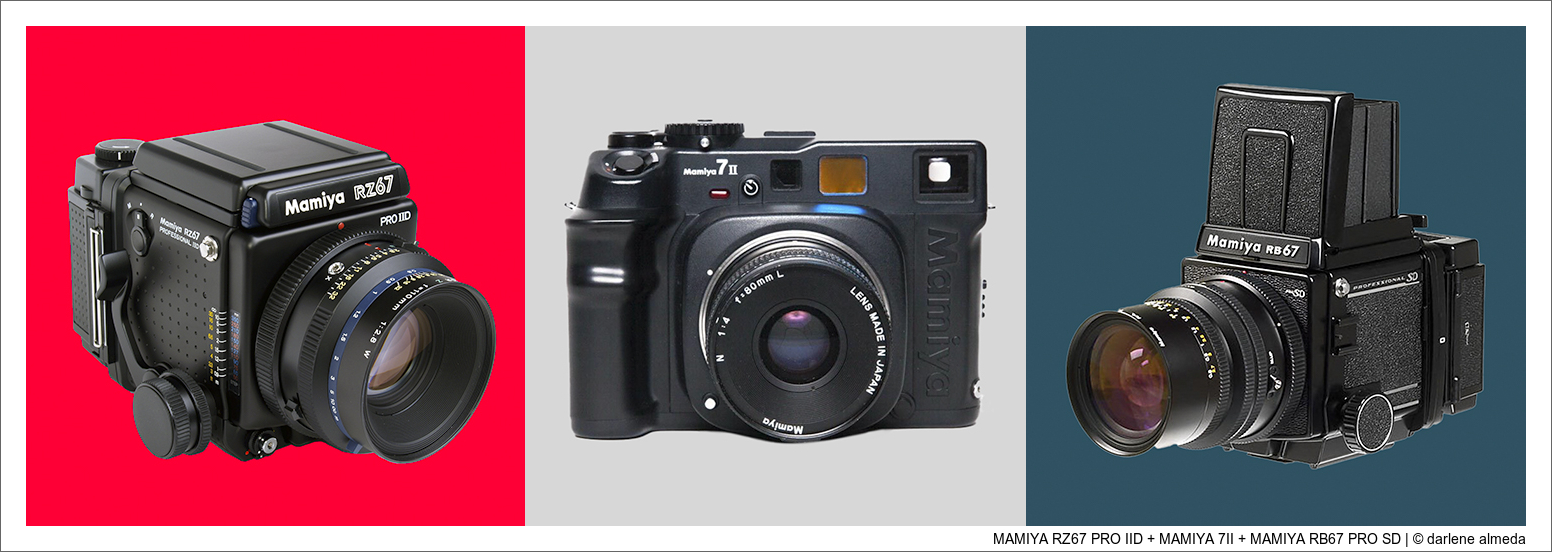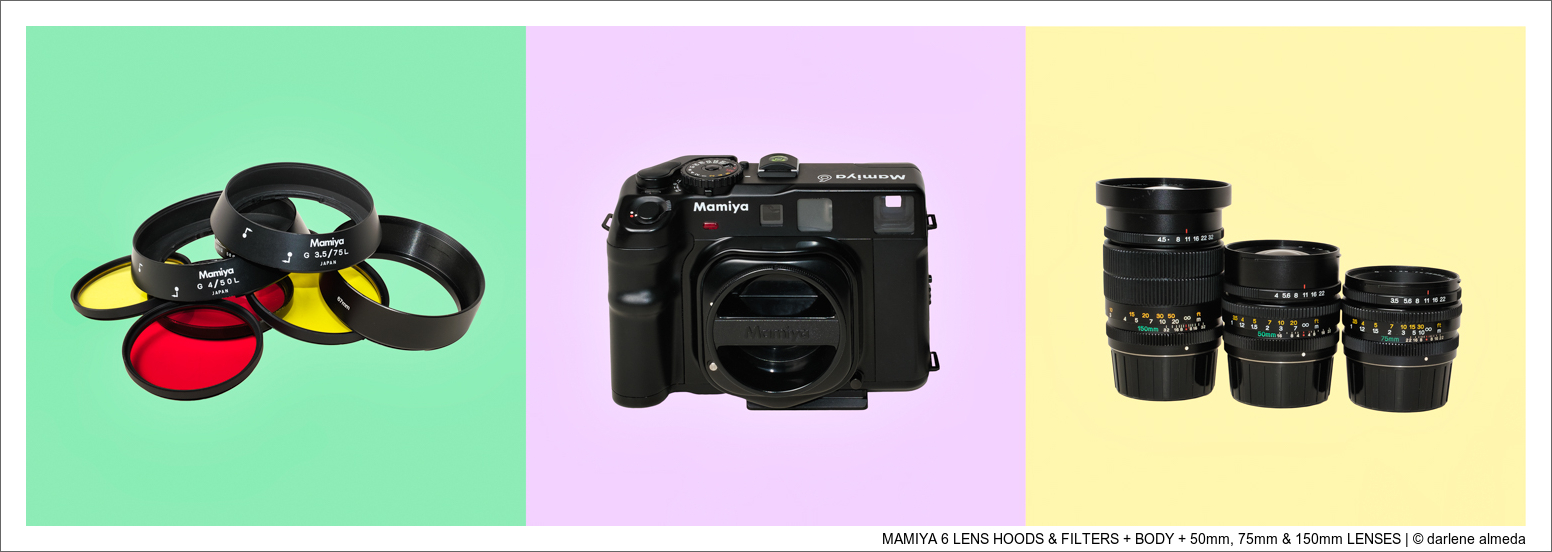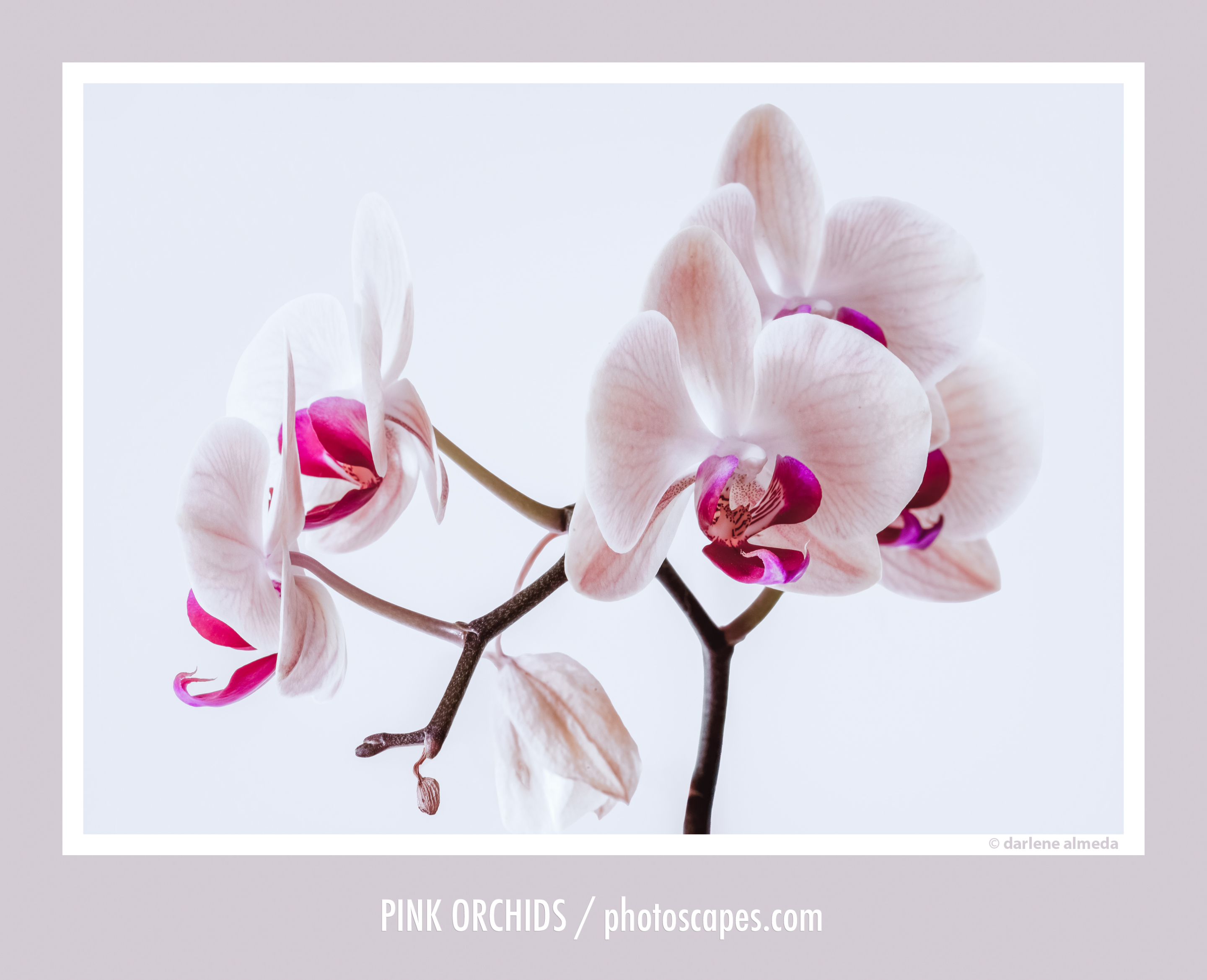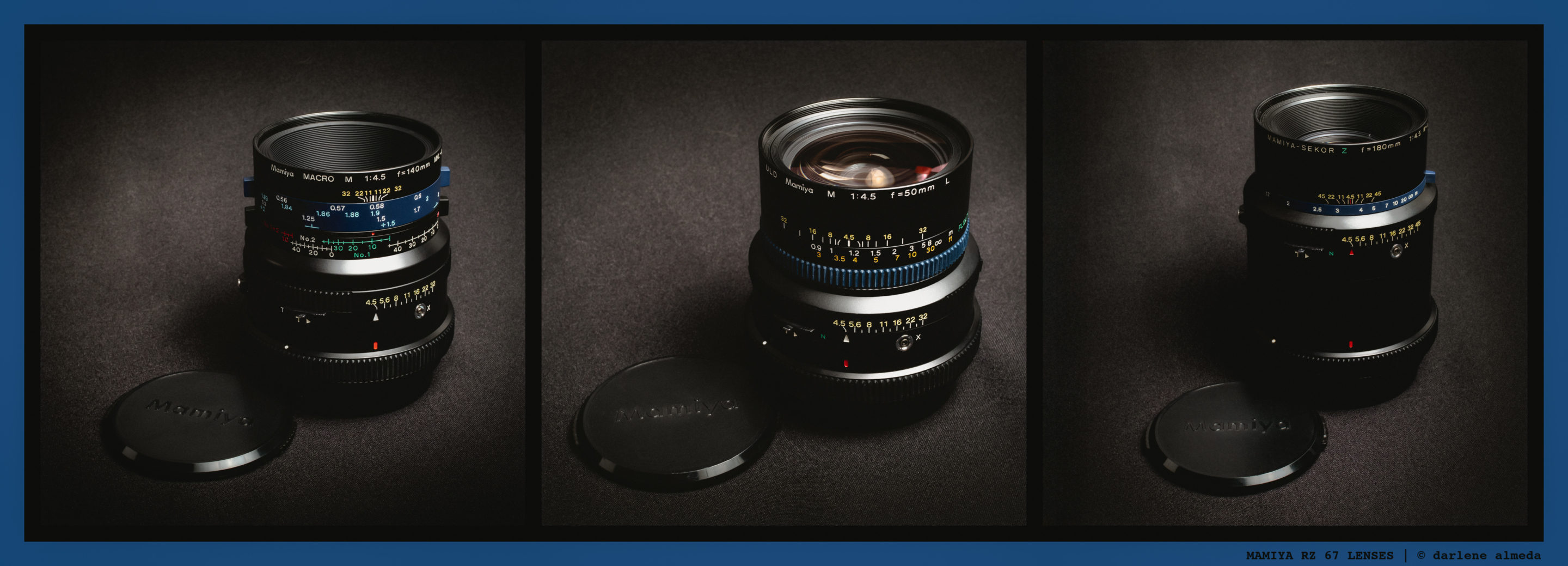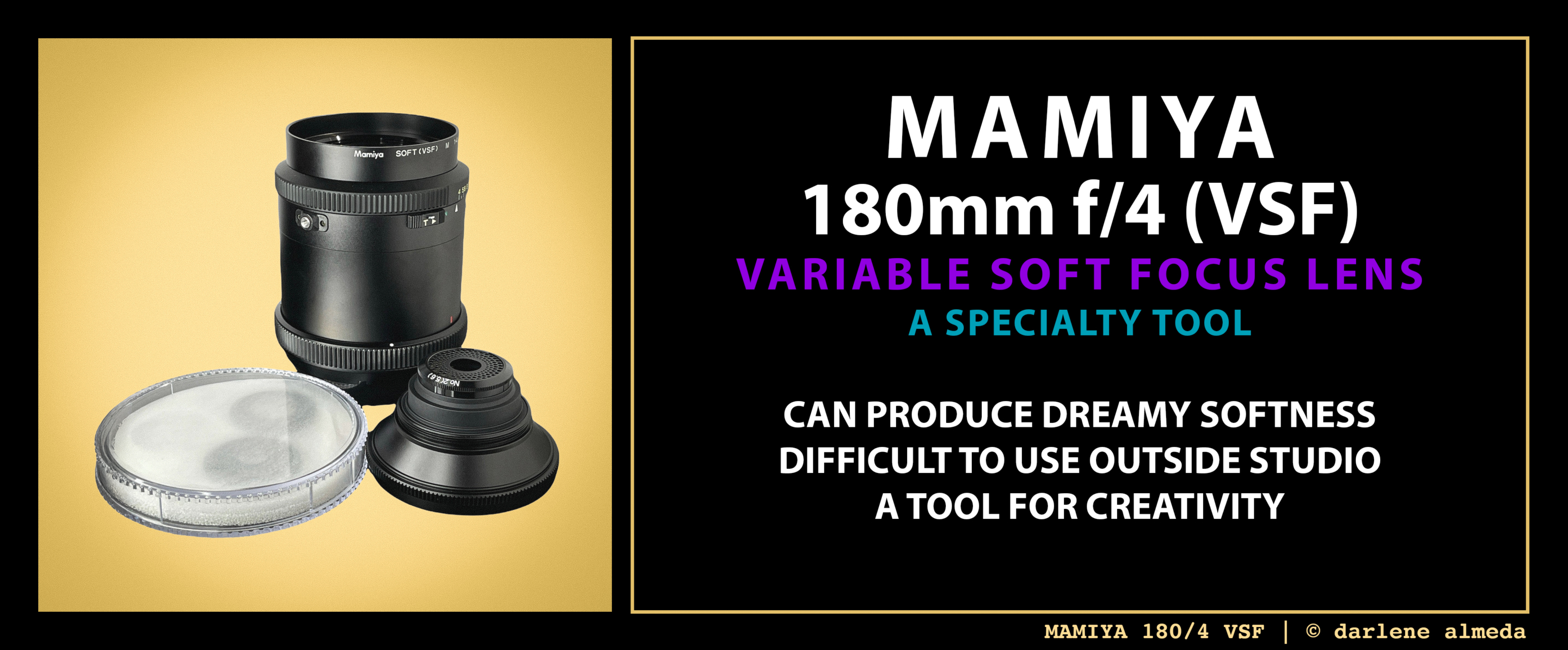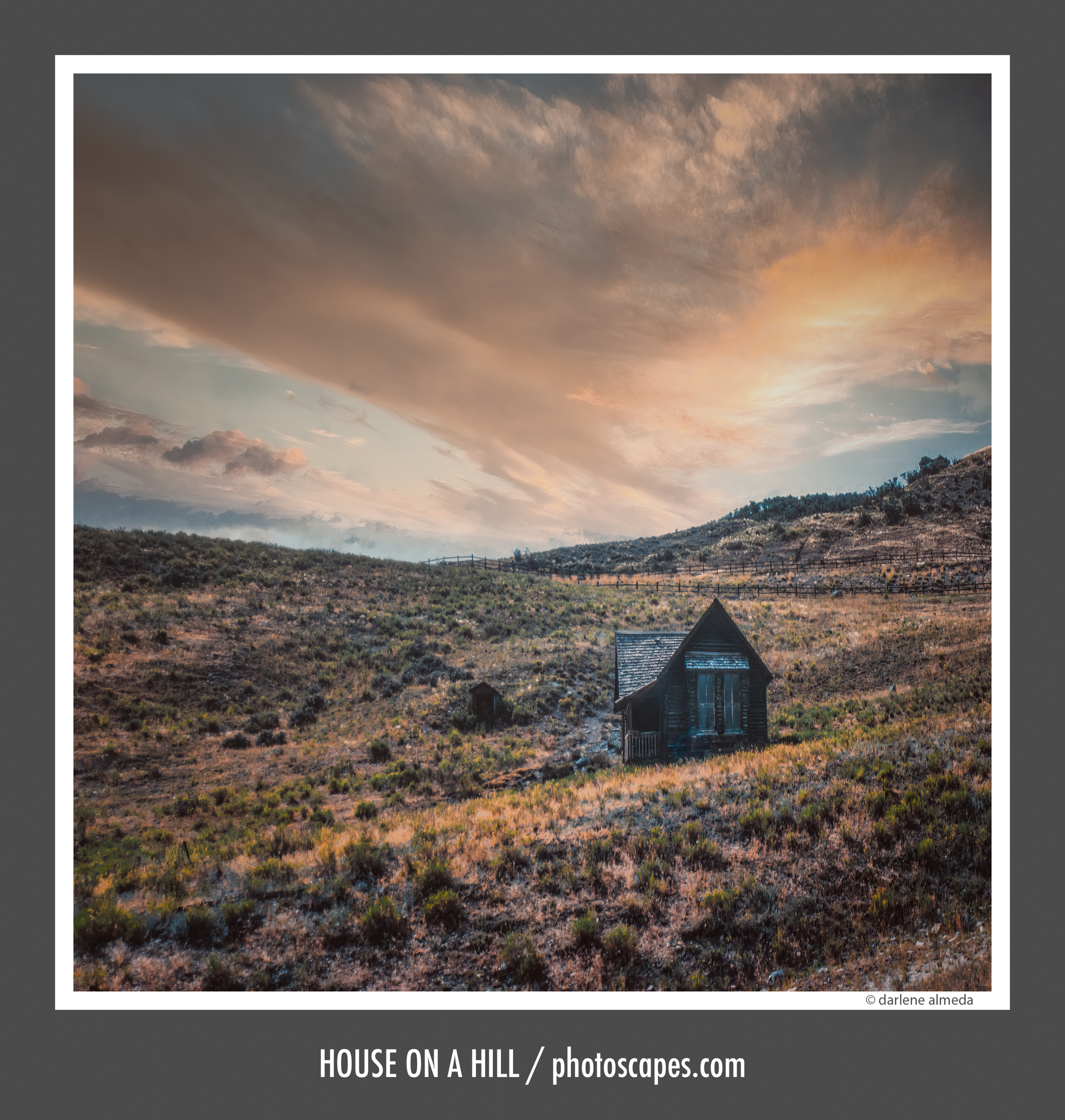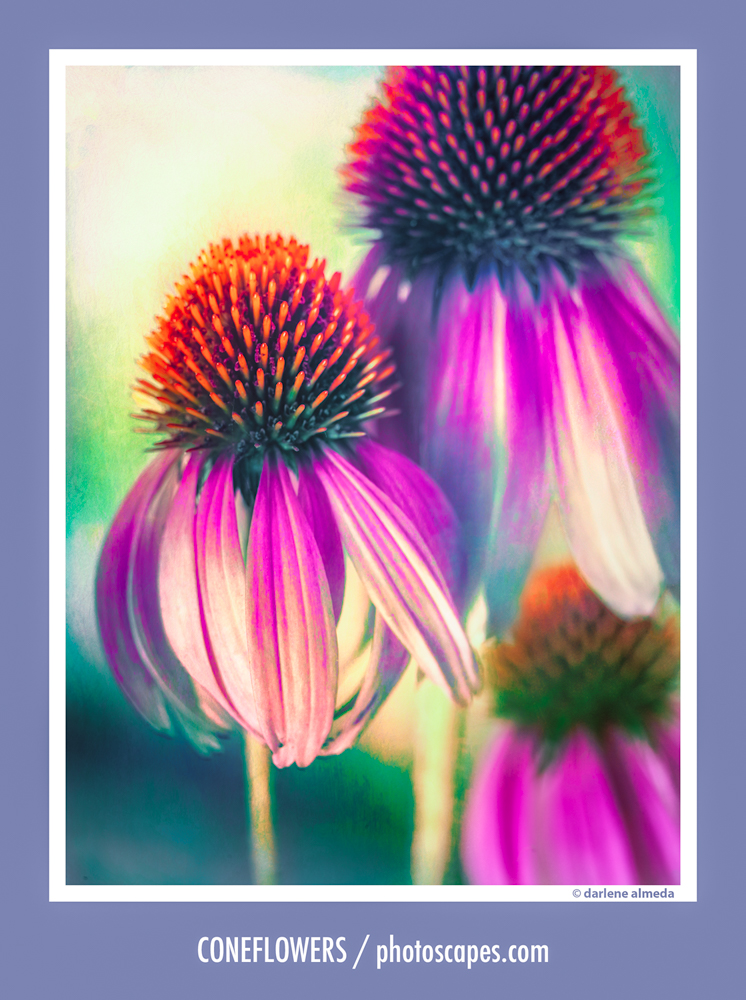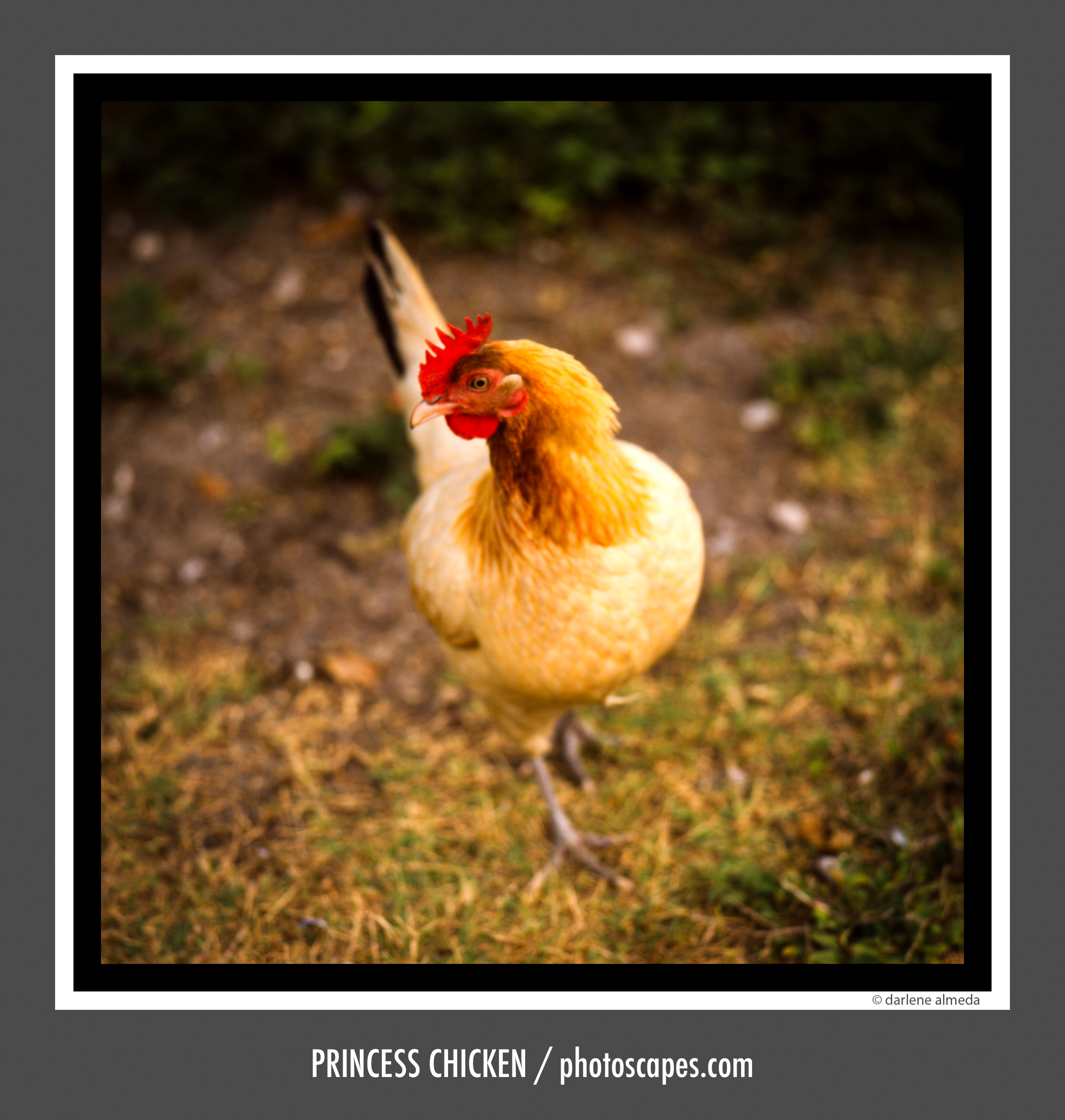MAMIYA RZ67 PRO IID + MAMIYA 7II + MAMIYA RB67 PRO SD
MAMIYA CAMERAS & GEAR
MAMIYA and related gear I’ve used together:
CAMERAS: New Mamiya 6, Mamiya 7II, RB67 ProSD, RZ67 Pro IID
MAMIYA 6 LENSES: 50/4, 75/3.5, 150/4.5
MAMIYA 7 LENSES: 65/4, 150/4.5
RB67 Pro-S LENSES: 50mm f/4.5C, 127mm f/3.8C, 180mm f/4.5C
RZ67 Pro IID LENSES: 50/4.5, 110/2.8, 140/4.5 M, 180/4 (VSF), 180/4.5 L
ACCESSORIES: Extension Tubes, 1.4 Teleconverter, Eyepiece Magnifier
DIGITAL BACK: Phase One P45
Mamiya cameras have long held a respected place among both professional and amateur photographers. I first encountered them early in my career during the film era, while photographing weddings. The Mamiya 645 was popular at the time, but I ultimately chose the Hasselblad 6×6 format.
Later, I added an RB67 Pro SD to my lineup but found it too heavy to carry and eventually passed it on to an assistant. When medium-format digital became practical, I worked with an RZ67 Pro IID paired with a Phase One P45 back. The RZ was superb for film or tethered studio work, but after a few frustrating portrait sessions, I passed it along to a “film-only” photographer.
Today, Live View has made focusing with the RZ far easier—just as it has with my old film Hasselblads. You really can’t go wrong with Mamiya film cameras and lenses; they continue to hold a special place in my heart—and in my camera bag.
MAMIYA 6
MAMIYA 6 LENS HOODS & FILTERS + BODY + 50/4, 75/3.5 & 150/4.5 LENSES
I discovered my love for medium-format rangefinder cameras when I started shooting with the Mamiya 7II. While it’s an outstanding camera, I eventually sold it because I prefer composing in the square format. In the early ’90s, a student once brought a New Mamiya 6 to class after renting one, and that was my first introduction to it. At the time, I was already shooting squares on film with my Hasselblads in my studio work and had little room for anything beyond teaching, client projects, and raising a family. Still, I never forgot how much I liked that camera and hoped to own one someday.
Today, the Mamiya 6 is my go-to film camera when I’m out and about. It’s lightweight, beautifully designed, and paired with excellent lenses and reliable metering. My only wish is for a wider option—the Mamiya G 50mm f/4 isn’t always wide enough for some of my shoots. My kit includes all three lenses made for the New Mamiya 6: the 50mm f/4, 75mm f/3.5, and 150mm f/4.5. The entire set fits neatly into a small backpack that doesn’t look like a camera bag, making it easy to travel light and blend in as a tourist.
The lenses are exceptional, and I’ve never had an issue with rangefinder focusing. The film and prints consistently make me happy. The Mamiya 6 remains a highly sought-after camera—and with good reason. Finding parts and repair specialists, however, has become increasingly difficult, so I take great care to keep my kit in top condition. It’s a true keeper.
MAMIYA RZ67 PRO II D
PINK ORCHIDS: RZ67 PRO DII + 140/4.5 Macro + P45
The Mamiya RZ67 Pro II D (RZ) is a robust, modular medium-format SLR that produces large 6×7 cm negatives on 120 film, making it ideal for high-resolution studio work. Built like a tank, it offers interchangeable lenses, viewfinders, and film backs, making it highly versatile. I used it primarily as a studio camera while transitioning to medium-format digital.
The RZ doesn’t use a typical focusing ring on the lens. Instead, the entire camera focuses by sliding the lens back and forth on its big bellows. It might sound a bit old-school, but it makes close-up work surprisingly easy, no extra extension tubes needed, and none of the lenses use helical focusing mechanisms.
MAMIYA RZ67 LENSES: 140/4.5 Macro + 50/4.5 L + 180/4.5 L
When I purchased my first digital back, the Phase One P45, I also picked up a digital back adapter for the RZ. While it worked, the setup was clunky in practice. Achieving critical focus was difficult, even with different viewfinders and the focusing magnifier adapter. After a year of frustration, I sold the kit, though not before creating some excellent images with it.
As a 6×7 film camera, the RZ67 Pro II is fantastic and still one of the best studio options from the film era. But I wouldn’t recommend it solely as a digital-back platform unless the back supports Live View, which makes precise focusing far more manageable.
MAMIYA 180/4 VSF LENS
MAMIYA 180/4 VARIABLE SOFT FOCUS LENS & DISCS
The Mamiya 180mm f/4 Variable Soft Focus is a specialized telephoto lens, designed with interchangeable diffusion discs that allow variable soft-focus control. It delivers the reach of a telephoto with a beautifully diffused, dreamlike rendering that’s difficult to reproduce in post.
While I loved the distinctive look, achieving critical focus could be challenging. To be fair, I was using it with a Phase One P45 digital back that lacked Live View, which made precise focusing tricky. It would likely be much easier to handle today with my Hasselblad CFV 50c back.
For medium-format photographers who enjoy portrait or fine-art work and want a unique optical character straight from the lens, the Mamiya 180mm f/4 VSF is a rewarding choice. It’s not an everyday lens, but when you want that luminous, soft-glow aesthetic, it delivers beautifully. Just be patient with focus and light, and treat it as the creative tool it was meant to be.
MAMIYA RB & RZ ACCESSORIES
MAMIYA RB 67 WLF + RB/Z EYEPIECE MAGNIFER + RZ TUBES & TELECONVERTER
Pictured above are a few RB and RZ accessories I found in my gear closet and photographed to sell. How often do we see a like-new RB Waist Level Finder? Not often. That went fast! I did have an RB for a short while, and it was a very nice camera. It was just too heavy for my special event photography, but it would fit my needs for a studio portrait camera.
Next is the MS 13 Flip-up Magnifier Eyepiece for RB or RZ. I acquired it while shooting a beautiful RZ IID with a Phase One P45 digital back. Unfortunately, I experienced focusing issues, a common problem with most film-era medium-format cameras mated with a digital back without Live View.
Unlike a film plane, the plane of focus with a digital sensor has about zero tolerance. The best solution is to focus on the actual sensor, which is what Live View does. I used the MS 13 in a last-ditch effort to keep the RZ because I liked shooting with it a lot, but I could not remedy the situation even with the added focus magnification.
I have never experienced focusing issues before the RZ and P45 combination. Focusing the P45 via ground glass works for me 100% of the time. Thank goodness, focusing issues with digital backs were fixed with the advent of Live View.
Finally, some lovely extension tubes and a teleconverter for the RZ IID are next. No matter what medium format SLR I shoot, I always have extension tubes and a teleconverter. I shoot probably more macro than the average photographer.
The middle image below of the purple coneflowers was created using the No. 2 extension tube and the Mamiya RZ 140mm F/4.5 M lens. If you want to know if I like the RB or RZ enough to own another, I will enjoy shooting with either in the studio. The RZ is my first choice, but I have enough gear already. If I did not, I’d want an RZ and at least three of their beautiful lenses.

